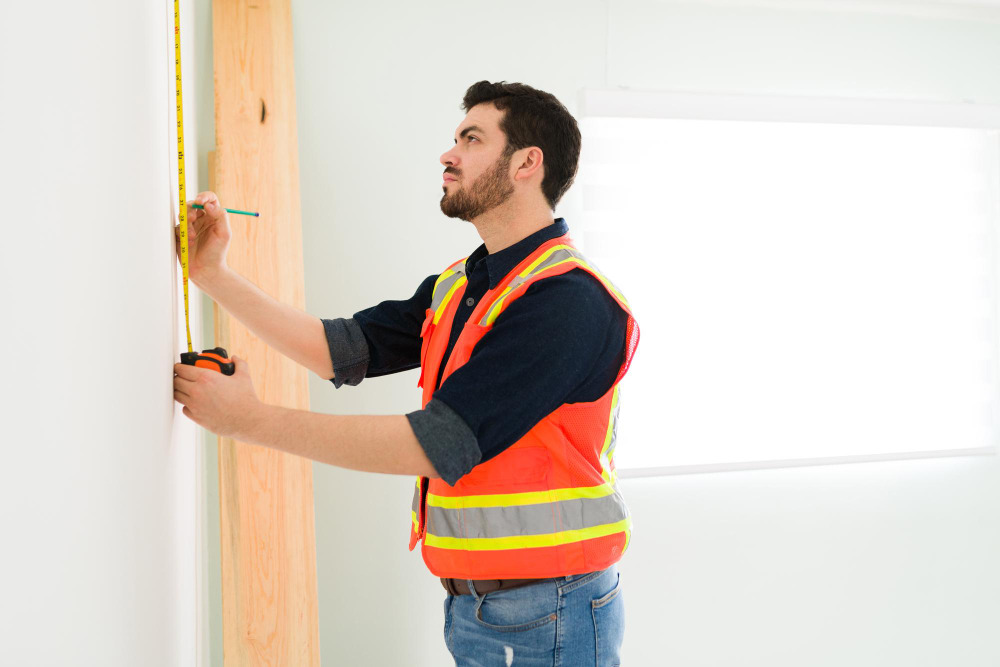Upgrading your home’s insulation doesn’t always mean tearing down walls—and that’s particularly true when you need to insulate walls without removing drywall. In this guide, you’ll learn expert, practical methods to insulate a wall without removing the drywall, making your home more comfortable, energy-efficient, and quieter—without the mess of a full remodel.
Why Choose to Insulate Walls Without Removing Drywall?
- Minimize disruption – No demolition, less dust, and no need to repaint or rehanging whole sheets of drywall.
- Energy savings – Improved insulation reduces drafts, lowers energy bills, and increases comfort.
- Versatility – Multiple approaches exist—pick the one that fits your budget and wall type.
Best Methods to Insulate Walls Without Removing the Drywall
Here are the 3 best methods on how to insulate walls without removing the drywall:
1. Injection Foam Insulation (Professional Grade)
A leading way to insulate walls without removing drywall is through injection foam insulation. This method involves drilling small holes either from the outside (through siding or mortar) or inside (through the drywall), then injecting foam that fills the stud cavity completely and seals it against air leakage. Once filled, technicians plug the holes and patch or repaint the surface.
Why it’s effective:
- The foam expands like shaving cream, filling every nook—including around outlets, wiring, and framing.
- Creates an air-tight seal that stops drafts and helps stabilize interior temperatures.
- Can be done from inside or outside with minimal surface impact.
Considerations:
- Requires a professional for best results.
- Rarely, expansion pressure can cause minor drywall warping—but reputable contractors patch such areas.
2. Blown-In Cellulose (Dense Pack)
Another accessible way to insulate a wall without removing the drywall is using blown-in cellulose, especially with the dense-pack technique. Installers drill small holes in the interior drywall or—less commonly—from the exterior, blowing in recycled-fiber insulation that packs densely in the cavities.
Pros:
- Affordable—cellulose materials are often cheaper than foam.
- Eco-friendly; made of recycled materials.
- DIY or contractor-installed.
Cons:
- Tends to settle over time, which could reduce effectiveness.
- Can be messy—dust may spread through outlets or holes if not properly contained.
3. Rigid Foam Insulation Over Drywall (Exterior Option)
If you’re looking to insulate without touching the drywall at all, external application of rigid foam insulation can be effective. This involves applying foam board over existing drywall—or over siding—then covering it with another layer of drywall or siding. Natural Resources Canada and other experts recommend this for continuous R-value.
Advantages:
- No drilling or interior disturbance.
- Excellent thermal performance with continuous coverage.
Trade-offs:
- You increase wall thickness and may need to refinish or re-side the exterior or interior.
- Potentially higher cost and more planning for finishing.
Honest Voices from Real Homeowners
Here’s what actual users on Reddit have said:
“Just did this for our house, cut the hole near the top!” – on drilling for blown-in cellulose
“Be careful … insulation … got into everything under the sink …” – a cautionary note on managing mess when using blown insulation
“You can blow into wall…the correct technique is to stick hose down to bottom…lift hose as you blow … keep track of bag count … prove to inspector …” – a smart tip for DIY dense-pack cellulose installation.
Quick Comparison Table
| Method | Drywall Intact? | Air Sealing? | Mess & Disruption | Cost Estimate |
| Injection Foam (inside/out) | Yes | Excellent | Low | Mid–High (professional) |
| Blown-In Cellulose | Yes | Moderate | Moderate–High | Low–Mid |
| Rigid Foam Over Drywall | Yes | Excellent | Moderate | Mid–High (materials) |
Step-by-Step: How to Insulate a Wall Without Removing the Drywall
1. Inspect the wall – Check for wiring, plumbing, and existing insulation.
2. Choose the method – Injection foam for clean, airtight results; cellulose for cost-saving; or rigid foam for exterior thickening.
3. Prepare the surface – Clear wall area; if doing cellulose, protect outlets and clean up paths.
4. Install –
- Injection foam: Drill holes, inject foam, patch and paint.
- Blown-in cellulose: Drill, insert hose, blow dense-fill, patch.
- Rigid foam: Attach foam board, seal seams, layer with new drywall or siding.
5. Finish up – Patch, sand, paint, and check for drafts or change in comfort.
FAQs on Insulating Walls Without Removing Drywall
Can I really insulate walls without removing the drywall?
Absolutely. The most popular methods—injection foam and blown-in cellulose—allow this by drilling small holes and filling cavities without full demolition.
Which method is most airtight?
Injection foam provides the best air sealing, followed by rigid foam. Blown-in cellulose can settle and allow some air leakage over time.
Is it DIY-friendly?
Dense-pack cellulose may be DIY (rental blowers in many stores), but injection foam typically requires professional equipment and training.
Will holes damage my drywall?
Only minor holes (about 3/4-inch) are needed. Professionals or careful homeowners patch with minimal signs; in rare cases, foam pressure may cause slight warping.
Does cellulose settle?
Yes. This is a known issue. Patching and occasional top-offs may be needed in a few years.
Final Thoughts
For homeowners looking for smart, efficient solutions to insulate walls without removing drywall, these three approaches offer real results—whether you’re after airtight comfort, budget-friendly means, or minimum disruption. Injection foam leads the way for performance; blown-in cellulose balances cost with ease; rigid foam gives a solid long-term option.
Whichever route you choose, your home will feel warmer, quieter, and more energy-efficient—without the headache of a full remodel. Here’s to cozy, smart, and practical improvements!

